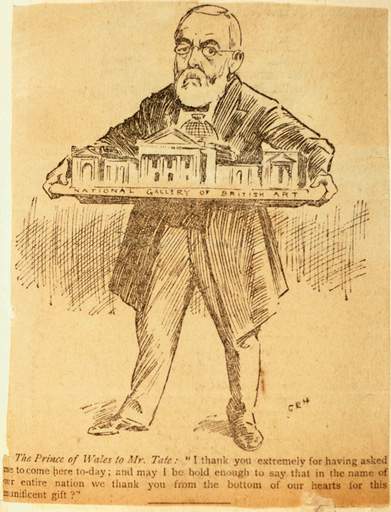Dear Henry Tate,
The avant-garde artists in the early twentieth century aimed to distance themselves from the excesses of fin-de-siècle symbolism and all realist figurative art that had come before. They wanted, as Malevich put it, to ‘free art from the burden of the object… swim in the white free abyss’. Such was abstraction’s success, some felt that there was no way back to figuration, especially after 1945 when realist art had to struggle with the reputation of being anti-modern, naïve, or a style used for ideological purposes by both the fascists and socialists. However, in the 1960s, when art focused on the modern world’s effect on everyday life, many artists began to look at a reality of photographic pictures; of a surface ‘in between’ the eye and the world they were representing. Some have defined this as hyper-realism. Horst Bredekamp and Barbara Maria Stafford trace the roots of hyper-realism through the centuries, from Albrecht Dürer and Joris Hoefnagel to the contemporary photo-realism of Franz Gertsch and Chuck Close. Another practitioner is Malcolm Morley, who prefers to call his meticulous images ‘fidelity painting’.
Both abstraction and realism have always seemed diametrically opposed to the fantastic, the dreamy and the romantic. So it is no surprise that the Swiss artist Henry Fuseli complained of Dürer’s ‘disgusting naturalism’. His painting The Nightmare is the centrepiece of Tate Britain’s Gothic Nightmares; Fuseli, Blake and the Romantic Imagination – an image borne out of bad dreams. In turn, his fantasies upset the sleep of others, including Benjamin Haydon, who thought that ‘the engines in Fuseli’s mind are blasphemy, lechery and blood’.
While attitudes and opinions may change, artists are forever nourished by what has come before. Peter Fischli’s art has been shaped by his upbringing in a lively Bauhaus home designed by his father, Daria Martin’s films are inspired by Modernist art and architecture, including the work of Moholy-Nagy, and here, Peter Peri pays contemporary homage to Dürer.
Something else, dear Henry, might have caught your eye. It’s the sticker on the cover carrying your name, which introduces our special project created by The Wrong Gallery – Maurizio Cattelan, Massimiliano Gioni and Ali Subotnick – to coincide with the installation of The Wrong Gallery at Tate Modern. You’ll be particularly glad to see the image of Millais’s Ophelia, a painting that you gave to the nation in 1894.
With best wishes
Bice Curiger and Simon Grant


